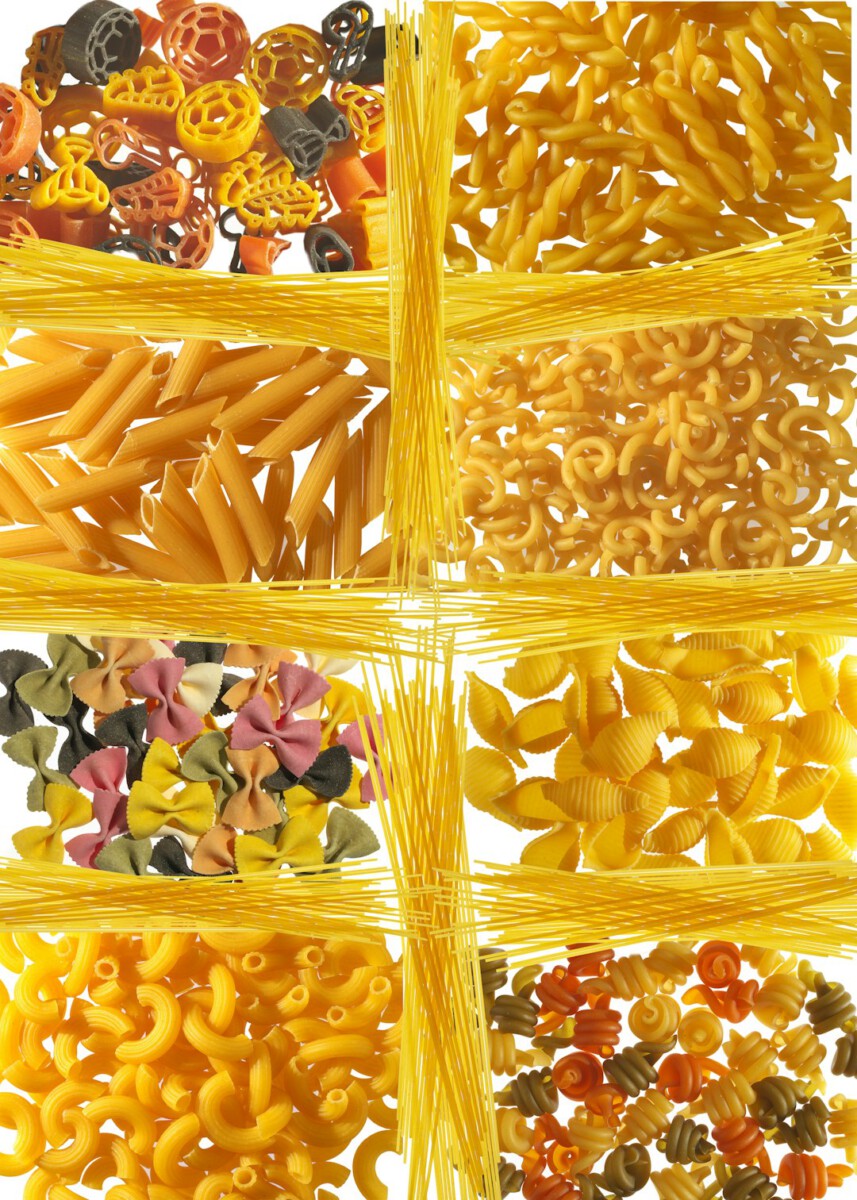The Shocking Tariff Hike That’s Stirring Up Trouble (image credits: Unsplash)
Picture a bustling Roman kitchen where the aroma of simmering tomato sauce hangs heavy, but now a shadow of uncertainty looms over every exported crate of pasta heading across the Atlantic.
The Shocking Tariff Hike That’s Stirring Up Trouble
Imagine biting into your favorite plate of fettuccine only to find the bill has quietly doubled— that’s the reality facing US consumers if new tariffs stick. The US Department of Commerce just dropped a bombshell with preliminary anti-dumping duties set at over 91 percent on Italian pasta imports, piling on top of an existing 15 percent tariff from earlier this year. This combo could push the total burden to a staggering 107 percent starting January 2026.
Italian officials aren’t mincing words; they’ve labeled this move a potential “fatal blow” to their pasta industry. Brands like Garofalo and La Molisana are already in the crosshairs from the ongoing investigation launched last year. It’s not just numbers on a page— this could reshape dinner tables on both sides of the ocean.
Why Is the US Cracking Down on Italian Pasta?
At its core, this stems from accusations of “dumping,” where foreign goods flood the market at unfairly low prices, undercutting American producers. The Commerce Department’s review from 2023-2024 zeroed in on how Italian pasta might be priced too cheaply in the US, thanks to subsidies or other advantages back home. It’s part of a broader push under recent trade policies to shield domestic industries, especially as wheat prices and supply chains fluctuate wildly.
Durum wheat, the golden grain that gives pasta its bite, plays a big role here. Italy relies heavily on imports for it, often from places like Canada, where droughts have jacked up costs. Yet the US sees this as an opportunity to level the playing field for its own pasta makers, who argue they’re getting squeezed out.
How Italy’s Pasta Powerhouse Is Feeling the Squeeze
The US isn’t just any market for Italy— it’s a top destination, gobbling up nearly $800 million worth of pasta annually. That’s a staple of Italian pride, from the durum fields of Puglia to the factories churning out millions of boxes. A 107 percent tariff could slash exports by a third or more, hitting jobs and family-run businesses hard.
Rome is already buzzing with worry. Industry leaders warn of lost revenue and potential factory slowdowns, especially since pasta is one of Italy’s biggest food exports after wine and cheese. It’s not hyperbole; this could ripple through supply chains, making everything from premium brands to everyday staples tougher to sell abroad.
Italy’s Fightback: Diplomacy in the Face of Protectionism
Italian diplomats are pulling out all the stops, urging Washington to rethink these “hyper-protectionist” measures. The Foreign Ministry and Agriculture Department are teaming up with the EU Commission to lobby hard, pointing out how such tariffs ignore fair trade realities. They’ve got until the final decision to sway opinions, and talks are heating up fast.
One angle they’re pushing: mutual benefits. The US exports durum wheat to Italy, worth millions, so why rock the boat on a two-way street? Appeals are flying from Rome to Brussels, emphasizing that pasta isn’t just food— it’s cultural heritage crossing borders.
What This Means for Your Grocery Run
For everyday shoppers in the US, brace for sticker shock. Italian pasta, already a go-to for its quality, might jump in price enough to make you reach for domestic alternatives. Think about it: a simple box of spaghetti could cost 50 to 100 percent more, depending on how much of the tariff gets passed on.
Smaller importers might pivot to other countries, but Italy dominates the premium segment. Here’s a quick look at the potential shift:
| Tariff Scenario | Current Rate | Proposed Total |
|---|---|---|
| Base EU Import | 15% | 107% |
| Impact on Price | Minimal | Potentially Double |
Brands not hit directly could still feel the wave, as overall supply tightens and prices creep up across the aisle.
Broader Ripples in Global Trade Tensions
This isn’t isolated— it’s part of escalating trade spats, from wine duties to olive oil woes, that have Italy on edge. Recent US policies have already dinged European exports by billions, and pasta’s just the latest casualty. Economists predict it could cost Italy up to $23 billion in broader losses if patterns continue.
Yet there’s hope in negotiation. Past disputes, like those over steel or cheese, have sometimes softened through talks. For now, the pasta world watches closely, wondering if diplomacy can serve up a better resolution.
In the end, this tariff tussle reminds us how interconnected our plates are— one policy shift in Washington, and suddenly your nonna’s recipe feels worlds away. What do you think about these potential price hikes? Will you stock up on Italian pasta now, or switch to local? Share in the comments below.
Key Takeaways:
- US anti-dumping duties could add 91% to existing 15% tariffs on Italian pasta from 2026.
- Italy views this as a devastating hit to its $800 million export market.
- Consumers might see doubled prices, prompting a scramble for alternatives.







